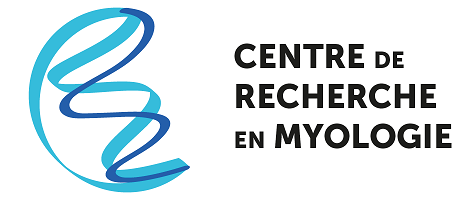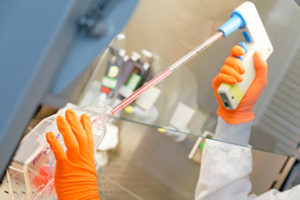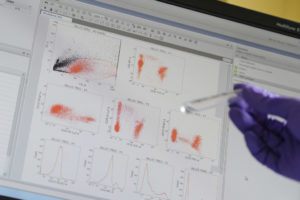A venir

Format hybride Amphi Charcot et zoom
Participer à la réunion Zoom
https://zoom.us/j/99265721001?pwd=ExeaDj7EFGBWVh2fOeur1mljbGWaGT.1
ID de réunion: 992 6572 1001
Code secret: 492332
« Fast subtype myofiber specialization: motoneuron-myofiber crosstalk »
Dr Pascal MAIRE
Institut Cochin. INSERM U1016, CNRS UMR 8104, U.Paris Cité.
Physiopathology of the neuromuscular system
Archives
Deprecated shortcode. Use [vsel list="past"] instead.


